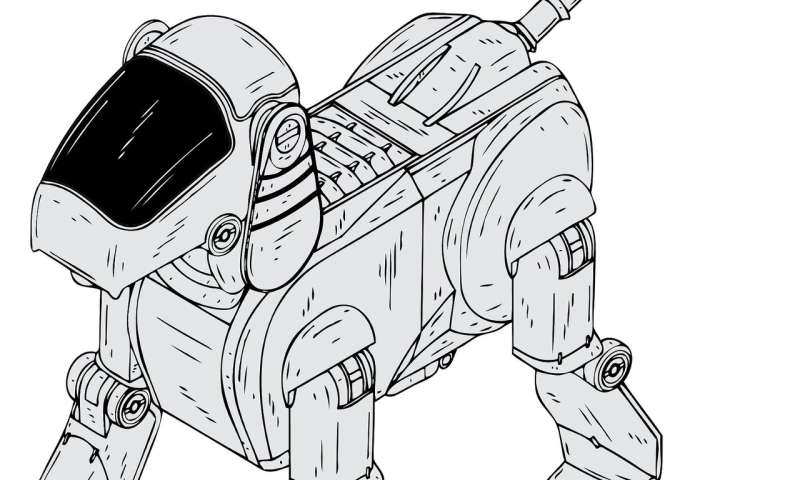Team reports on aspects of safety and responsibility in lower-limb exoskeletons of personal care robots

Researchers at Universiteit Leiden are pleased to announce a study delving into crucial aspects of safety and responsibility in the domain of personal care robots, explicitly focusing on robotic lower-limb exoskeletons.
The research rigorously analyzes and classifies the regulatory gaps and inconsistencies present in ISO 13482:2014, which outlines "Safety Requirements for Personal Care Robots." The specific focus of the study is on robotic lower-limb exoskeletons used in everyday activities. While ISO 13482:2014 represents a significant milestone in regulating wearable robots, the research findings reveal that it inadequately addresses safety concerns. This deficiency leads to a general oversight of critical legal, ethical, and social considerations when designing robots, potentially resulting in systems that may inadvertently harm end-users.
Despite these identified limitations and barriers to the development of safe technologies, there has been a notable absence of a comprehensive assessment of how the standard governs the development of exoskeletons and whether it requires enhancement in light of ethical, legal, and societal concerns.
To bridge this crucial gap, the research paper compiles pertinent areas for improvement within ISO 13482:2014, informed by ethical and societal considerations. The findings are presented in an accessible manner, accompanied by concrete recommendations to assist decision-makers in addressing the standard's shortcomings.
Highlights of the study include:
- Policies and laws for health care robots are scattered and cover their issues unevenly.
- ISO 13482:2014 falls short in addressing personal care safety sufficiently and comprehensively.
- Intersectional aspects like gender, sex, and age significantly influence human-robot interaction safety.
- Incomplete standard guidance hampers developers from creating safe robots.
More information:
Eduard Fosch-Villaronga et al, How can ISO 13482:2014 account for the ethical and social considerations of robotic exoskeletons?, Technology in Society (2023). DOI: 10.1016/j.techsoc.2023.102387
Provided by Leiden University